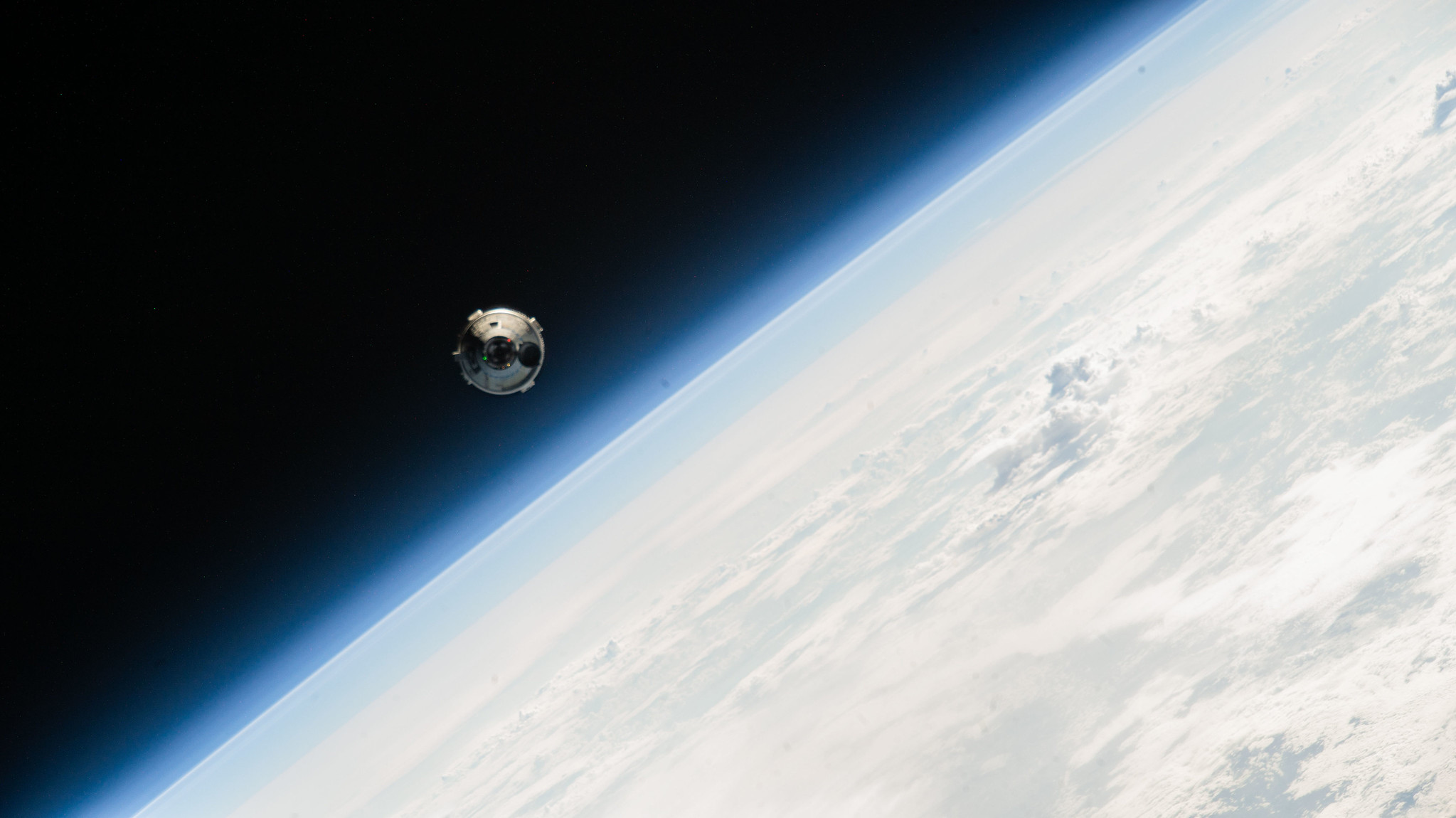
Two NASA astronauts, Barry 'Butch' Wilmore and Sunita 'Suni' Williams, have been aboard the International Space Station (ISS) for over a month after their Boeing Starliner spacecraft experienced several mechanical issues.
The astronauts were originally scheduled to return to Earth eight days after their launch on June 5, 2023. However, due to problems with Starliner's propulsion system and helium leaks in its service module, they have been stuck on the ISS longer than anticipated.
Despite being stranded for over a month, the astronauts remain confident that they can safely return home on Starliner if necessary. They have tested emergency procedures inside the spacecraft and reported that they are 'absolutely confident' in its ability to bring them back to Earth.
NASA and Boeing are currently evaluating the performance of Starliner's propulsion system and investigating the cause of the helium leaks. Once all necessary ground testing and data analysis is complete, NASA will conduct an agency-level review before allowing the astronauts to return from orbit.
The extended stay on the ISS has given Wilmore and Williams a unique opportunity to contribute to ongoing research projects aboard the station. They have completed half of all hands-on research time conducted during their mission, allowing their crewmates to prepare for the departure of Northrop Grumman's Cygnus spacecraft.
The Crew Flight Test is part of NASA's Commercial Crew Program, which aims to deliver safe, reliable, and cost-effective transportation to and from the ISS through partnerships with American private industry. The program is a crucial step in NASA's next great leap in space exploration, including future missions to the Moon under Artemis and ultimately Mars.
Boeing's Starliner has faced numerous delays and setbacks since its development began in 2014. The company has reported losses of around $1.5bn ($1.2bn) on the program.





